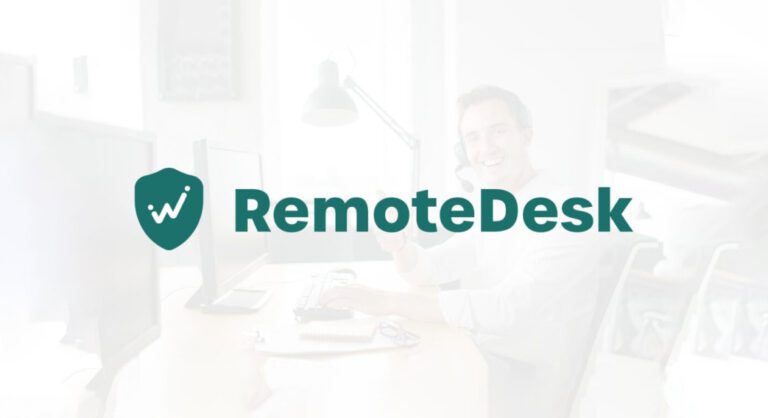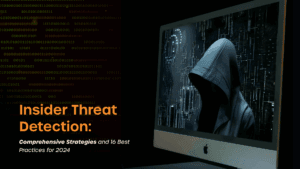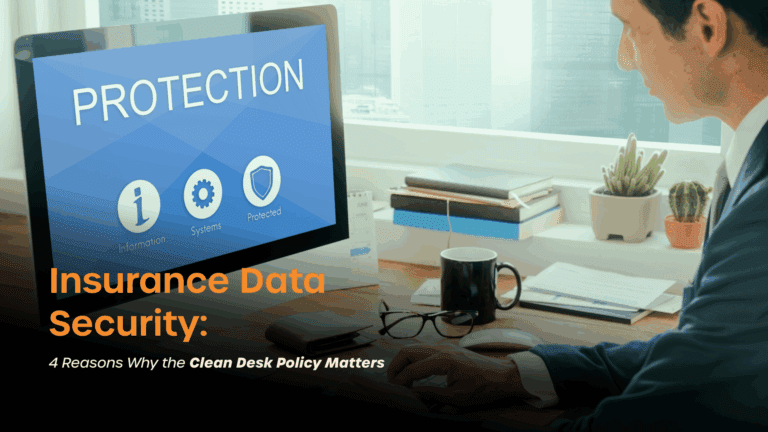
Insider Threat Prevention: How to Detect and Prevent Insider Attacks in Cybersecurity
- Jane F
- 6 Mins
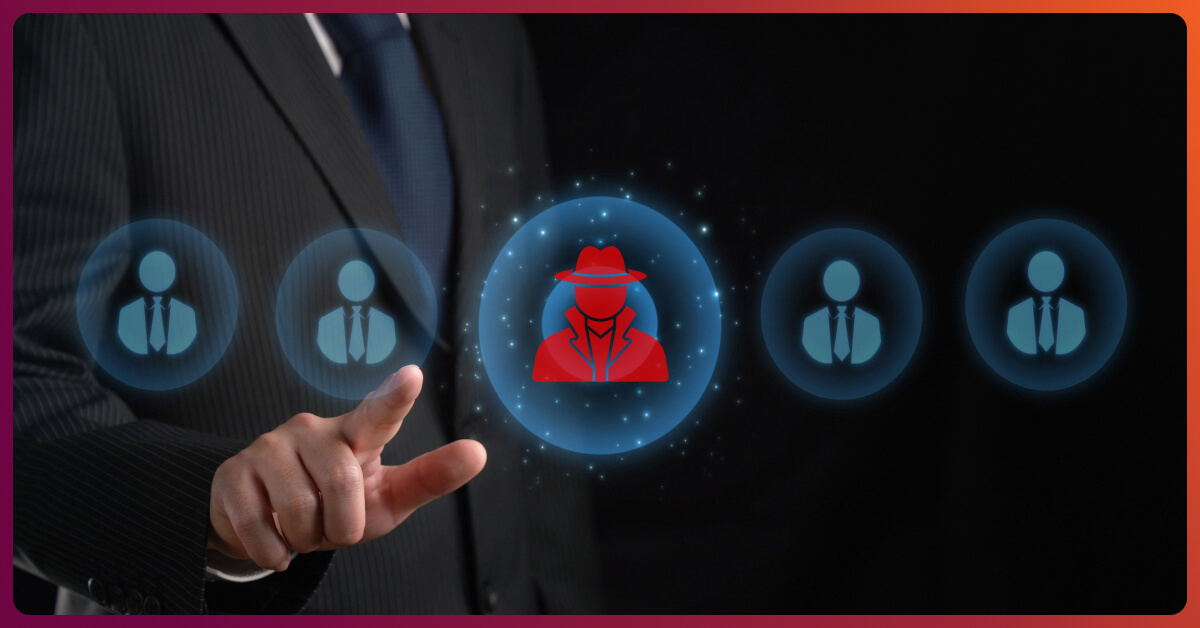
In today’s digital-first enterprises, cybersecurity threats don’t always come from the outside. In fact, some of the most damaging breaches originate within. From trusted employees mishandling data to malicious insiders deliberately stealing sensitive information, the danger is real and rising.
Insider threats in cyber security have evolved into one of the most complex risks organizations face. Unlike external attacks, they exploit legitimate access, making detection far harder.
This is where Insider Threat Prevention becomes a non-negotiable element of modern cybersecurity strategy. The ability to detect and prevent insider attacks is essential for safeguarding business integrity and data trust.
Understanding Insider Threats
Before diving into mitigation, let’s clarify the insider threat definition. An insider threat refers to any security risk that originates from within an organization, typically from employees, contractors, or business partners who have legitimate access to systems or networks.
These threats aren’t always malicious. In fact, a large portion of insider incidents occur due to negligence or lack of awareness. Broadly, there are two primary motivations:
– Intentional (Malicious) Threats: Where individuals deliberately leak or manipulate data for personal or financial gain.
– Unintentional (Negligent) Threats: Where employees inadvertently expose systems to risk through carelessness or lack of training.
Understanding these nuances helps in designing more effective frameworks for preventing insider threats by balancing technological controls with behavioral awareness.
Types of Insider Threats in Cybersecurity
Every organization faces a mix of insider vulnerabilities. The types of insider threats can be classified into three major categories:
Malicious Insiders
These are individuals who intentionally abuse their access to harm the organization stealing data, sabotaging systems, or committing fraud.
Negligent Insiders
Often well-intentioned but careless, these insiders create risk through accidental data leaks, weak passwords, or misconfigurations.
Compromised Insiders
When an employee’s credentials are stolen through phishing or malware, external attackers effectively become ‘insiders.’
Recognizing these types of insider threats is the foundation for building layered, proactive defense systems that monitor and respond effectively.
Why Are Insider Threats Hard to Detect?
According to Verizon’s 2023 Data Breach Report, 19% of data breaches involve insiders. Detecting insider attacks is notoriously difficult because the perpetrators already have legitimate access. Traditional perimeter-based cybersecurity systems are designed to keep intruders out, but insiders are already in.
The challenge lies in subtle behavior that is unauthorized downloads, access outside normal hours, or data transfers to personal devices. Without behavior-based monitoring, these actions blend into routine activity.
To overcome this, modern enterprises need solutions like User and Entity Behavior Analytics (UEBA) and continuous monitoring tools that establish behavioral baselines and flag anomalies.
An effective insider threat strategy focuses on:
– Visibility: Tracking user activity across endpoints, cloud applications, and networks.
– Contextual Analysis: Understanding intent through behavioral patterns and not just rule violations.
– Automation: Triggering alerts and responses in real time to minimize dwell time.
In short, insider risks demand a shift from reactive detection to proactive Insider Threat Prevention.
How to Prevent Insider Threats: Best Practices and Strategies
Now, let’s address the core search intent, which is how to prevent insider threats effectively in modern enterprises. A successful prevention strategy blends access control, monitoring, culture, and technology.
Here’s a seven-step framework organizations can implement today:
- Implement Strict Access Control and Least Privilege Policies
Limit users’ access strictly to what their role demands. Enforce just-in-time privileges and revoke access immediately upon role change or exit. - Conduct Continuous User Behavior Analytics (UBA)
Analyze how users interact with systems daily. Flag deviations from baseline behavior, such as unusual file transfers or abnormal login locations. - Educate and Train Employees on Cybersecurity Awareness
Human error remains the weakest link. Regular training ensures employees understand phishing and confidentiality best practices. - Monitor Privileged Accounts Closely
Administrators and IT personnel have the highest-level access, and the highest potential for misuse. Use monitoring tools to log and review all privileged activities. - Deploy Insider Threat Detection Tools and Automated Alerts
Use advanced software that integrates with SIEM and SOAR platforms to identify potential insider risk patterns automatically. - Create Clear Data Handling and Confidentiality Policies
Document who can access what data, where it’s stored, and how it’s shared. Make compliance measurable and auditable. - Encourage a Transparent Reporting Culture
Employees should feel empowered to report suspicious behavior or data misuse without fear. Culture can be the strongest security layer.
Each of these steps builds a resilient environment focused on preventing insider threats before they escalate into costly incidents.
Best Insider Threat Prevention Tools and Technologies
Technology is at the heart of Insider Threat Prevention. Today’s enterprises can choose from a range of advanced solutions that combine machine learning, monitoring, and automation. Below are some of the best insider threat prevention tools that stand out for enterprise use:
– Ekran System – Comprehensive user activity monitoring, session recording, and access management features.
– Proofpoint Insider Threat Management – Detects high-risk behavior and integrates seamlessly with email and cloud apps.
– Teramind – Offers detailed behavior analytics, screen recording, and real-time policy enforcement.
– Microsoft Defender for Endpoint – Enterprise-grade endpoint protection with insider risk analytics integrated into Microsoft 365.
The ideal tool depends on your organization’s size, industry, and compliance needs, but the key is unified visibility across users and cloud platforms.
Building an Insider Threat Prevention Program
Ad-hoc tools or policies aren’t enough. Organizations must establish a formal Insider Threat Prevention program as part of their overall security governance.
Key elements include:
– Defined Roles and Responsibilities: Collaboration between IT, HR, Legal, and Compliance teams to ensure holistic oversight.
– Continuous Monitoring Framework: Integrate threat detection into daily operations, supported by automated analytics.
– Data Encryption and Access Logging: Protect data at rest and in transit, with complete visibility into who accesses what.
– Regular Audits and Policy Reviews: Evaluate the effectiveness of controls and adapt to emerging risks.
This structured approach aligns closely with enterprise risk management and compliance practices, ensuring insider threat protection becomes a built-in, not bolt-on, component of cybersecurity strategy.
Insider Threat Prevention in the Age of Remote Work
Remote and hybrid work have redefined the boundaries of enterprise security. With employees accessing sensitive systems from home or public networks, the potential for insider incidents has expanded dramatically.
In this environment, how to prevent insider threats takes on new urgency.
Key considerations include:
– Cloud Data Security: Implement cloud access security brokers (CASBs) and zero-trust network principles.
– Remote Access Monitoring: Track endpoint activity across devices, VPNs, and SaaS platforms.
– Secure Device Management: Enforce encryption, automatic updates, and restricted external storage.
– Workforce Awareness: Reinforce confidentiality and secure behavior through periodic reminders and microlearning.
Modern solutions like RemoteDesk’s endpoint monitoring platform give organizations the visibility they need to ensure productivity and protection without compromising employee privacy.
As businesses scale globally, Insider Threat Prevention must evolve to safeguard a distributed digital workforce.
Conclusion
As the threat landscape evolves, organizations that embed Insider Threat Prevention into their culture and infrastructure gain a critical edge in resilience and reputation.
The most effective programs balance three pillars:
– Awareness: Every employee is a part of the security fabric.
– Technology: Advanced analytics and automation detect what humans miss.
– Proactive Monitoring: Real-time insights prevent small anomalies from becoming major breaches.
By integrating these principles, enterprises can move from reactive protection to a security-first culture that thrives on vigilance and trust.
Discover how Remote Desk helps enterprises strengthen insider threat prevention through real-time endpoint visibility and compliance intelligence.
1. What is RemoteDesk?
2. How does RemoteDesk ensure compliance with regulations like PHI, HIPAA & PCI DSS?
3. Can RemoteDesk integrate with our existing security and productivity tools?
4. How does RemoteDesk handle remote and hybrid workforce management?
5. What types of analytics and reporting does RemoteDesk offer?
Related posts
Related Posts
Interviews, tips, guides, industry best practices, and news.
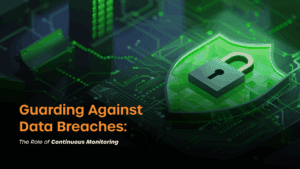
Guarding Against Data Breaches: The Role of Continuous Monitoring
Get Started Today
Sign up in minutes. Secure your remote
workforce with confidence.
See how RemoteDesk makes compliance and data protection effortless.



